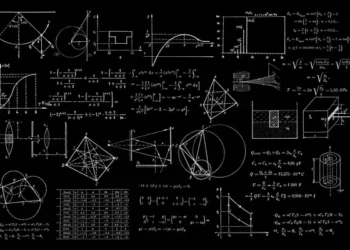Table of Contents
- What is Factor Analysis?
- The Process of Factor Analysis
- Applications of Factor Analysis in Sociology
- Advantages and Limitations of Factor Analysis
- Conclusion
Factor analysis is a powerful statistical technique used in sociology and other social sciences to identify underlying relationships between variables. This method helps in reducing the complexity of data by identifying a smaller number of factors that explain the observed variances and covariances among a set of observed variables. Understanding factor analysis is crucial for sociologists as it allows them to uncover patterns and structures within data that may not be immediately apparent.
What is Factor Analysis?
Factor analysis is a type of multivariate statistical analysis. Its primary goal is to identify underlying factors that explain the patterns of correlations within a set of observed variables. These underlying factors, often referred to as latent variables, are not directly measured but are inferred from the correlations among observed variables. Factor analysis is used to simplify data, reducing the number of variables while retaining as much of the original information as possible.
There are two main types of factor analysis: Exploratory Factor Analysis (EFA) and Confirmatory Factor Analysis (CFA). EFA is used when the researcher does not have a specific hypothesis about the underlying structure and wants to explore the data to identify potential factors. CFA, on the other hand, is used when the researcher has a specific hypothesis or theory about the structure and wants to test the fit of the data to this theoretical model.
The Process of Factor Analysis
Step 1: Data Collection and Preparation
The first step in factor analysis is to collect and prepare the data. This involves selecting a set of observed variables that are believed to be related to the underlying factors. The data must be carefully checked for missing values, outliers, and other issues that could affect the results of the analysis. It is also essential to ensure that the sample size is adequate. A common rule of thumb is to have at least five times as many observations as there are variables.
Step 2: Correlation Matrix
The next step is to create a correlation matrix of the observed variables. This matrix shows the pairwise correlations between all variables in the dataset. The correlation matrix is the foundation of factor analysis, as it reveals the relationships between variables that the factor analysis will use to identify underlying factors. High correlations between variables suggest that they may be influenced by the same underlying factor.
Step 3: Extracting Factors
Once the correlation matrix is established, the next step is to extract the factors. This can be done using various methods, such as principal component analysis (PCA) or common factor analysis. PCA is often used as a first step in EFA to reduce the dimensionality of the data. It identifies components that explain the maximum variance in the data. Common factor analysis, on the other hand, focuses on identifying factors that account for the shared variance among variables.
Step 4: Rotation
After extracting the initial factors, rotation is applied to make the factor structure more interpretable. There are two main types of rotation: orthogonal and oblique. Orthogonal rotation assumes that the factors are uncorrelated, while oblique rotation allows for correlations between factors. The goal of rotation is to achieve a simple structure where each variable loads highly on one factor and has low loadings on others, making the factors easier to interpret.
Step 5: Interpreting Factors
The final step in factor analysis is interpreting the factors. This involves examining the factor loadings, which are the correlations between the observed variables and the extracted factors. Variables with high loadings on a factor are considered to be strongly associated with that factor. The researcher must then label the factors based on the pattern of loadings and their theoretical understanding of the data.








